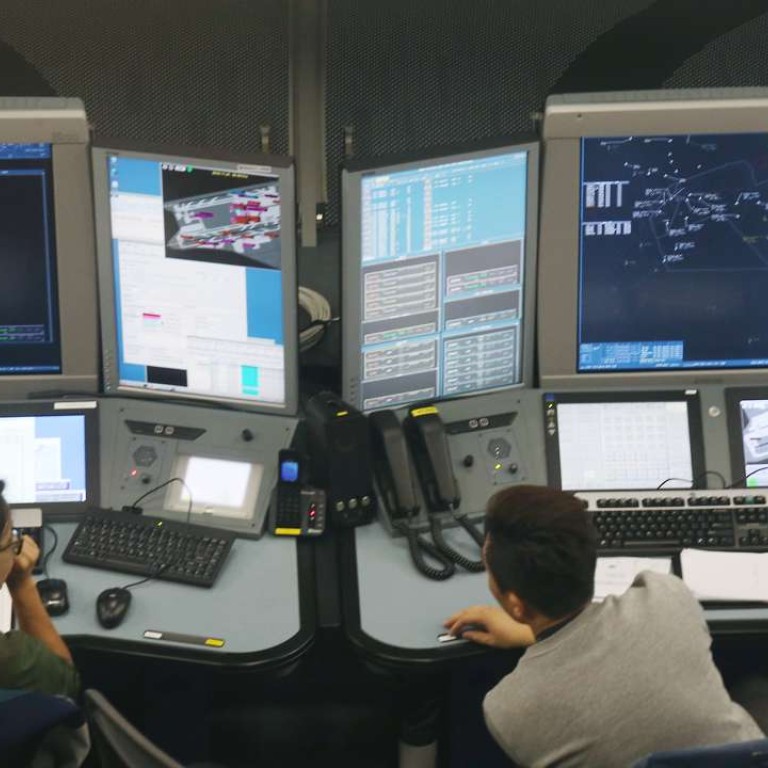
Hong Kong’s air traffic control system suffers another glitch
Back-up system deployed for first time as operators lose information on positioning and altitude of planes
The new air traffic control system suffered another glitch on Saturday when operators temporarily lost information on the positioning and altitude of a large number of flights.
This triggered the deployment of a back-up system for the first time since the HK$1.56 billion technology went live at the airport in November.
The problem lasted for 15 minutes but flights over Hong Kong airspace and in and out of the airport were not affected, authorities said. Controllers could still maintain audio and satellite contact with aircraft, the department added.
In a contradictory statement a spokeswoman said: “All of the information of the majority of flights was shown. Only a minority of flights could only show their positioning and altitude.”
Aviation and engineering experts insist the Raytheon Auto Trac III system is safe and reliable. The same experts were originally called in to help the department after a number of snags earlier, including flights disappearing from screens, false information appearing and planes flying too close to each other.
Contractors were hauled before the aviation regulator to explain the snags. Technicians concluded there were too many controllers logging onto the system, the department said.
It has asked the contractor to submit a detailed report next week and come up with a solution.
Jeremy Tam Man-ho, a lawmaker and professional pilot, described the latest glitch as a “slap in the face” of the official report, which stated the Raytheon system was 99.9 per cent reliable.
“Certainly it is alarming. In the past, we had flights disappear or planes come too close together, but we have never had a case that we had to use a back-up system,” he said.
“All these teething problems have been going on since day one.”
Civil aviation director Simon Li Tin-chui said during the release of the report last week that he could not rule out further “minor teething issues”.
Secretary for Transport and Housing Professor Anthony Cheung Bing-leung said the latest problem was “not a serious incident”.
“Any system has a back-up. For the sake of safety, it’s better to deploy the back-up system. This is a very normal safe management operation.”

